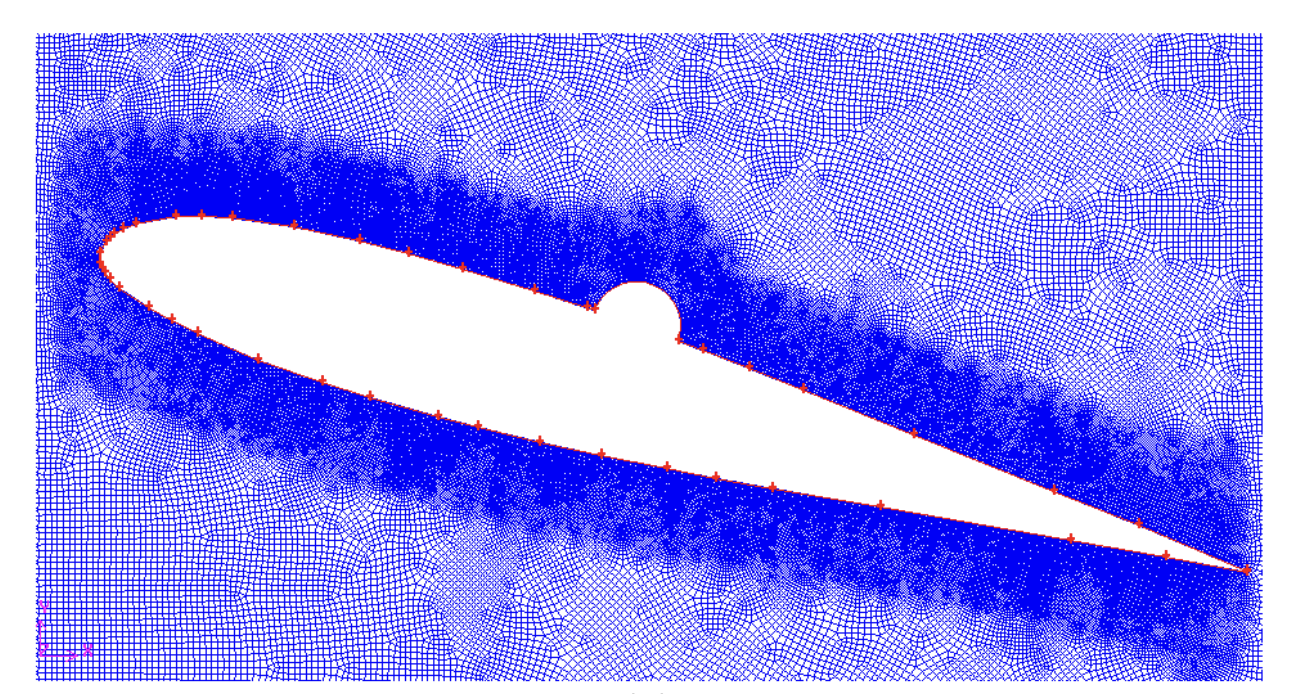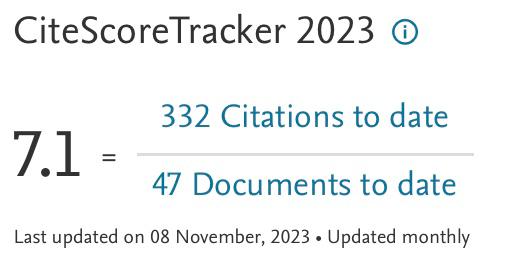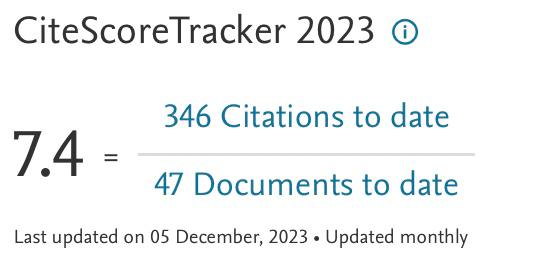Nusselt Number Prediction for Oil and Water in Solar Tubular Cavity Receivers
Keywords:
Nusselt number prediction, solar cavity receivers, thermal oil, waterAbstract
In this study, a numerical model was developed for prediction of Nusselt number in solar cavity receivers. Thermal oil and water were used as the working fluid. A dish concentrator with different shapes of the cavity receiver, including hemispherical, cylindrical, and cubical, was investigated. The different shapes of cavity receiver were studied under the same operating conditions for prediction of the internal heat transfer coefficient correlation for each cavity receiver. The system is investigated under the variation of solar radiation, flow rate, and inlet temperature of solar working fluids. The developed thermal model is validated based on the experimental data for the cylindrical cavity receiver using thermal oil. The results reveal that the hemispherical cavity receiver had the highest cavity heat gain, heat transfer coefficient, and Nusselt number values compared to two other cavity receivers. It could be concluded that the cavity heat gain, and heat transfer coefficient, and Nusselt number amounts had improved with increasing solar radiation, increasing flow rate, and decreasing inlet temperature of the working fluid. Some equations were suggested for prediction of Nusselt number with the variation of solar radiation, flow rate of the working fluid, and inlet temperature of working. It was concluded that application of thermal oil had resulted in higher Nusselt numbers than the use of water as the solar working fluid. Consequently, the application of oil is suggested for high-temperature systems.






















